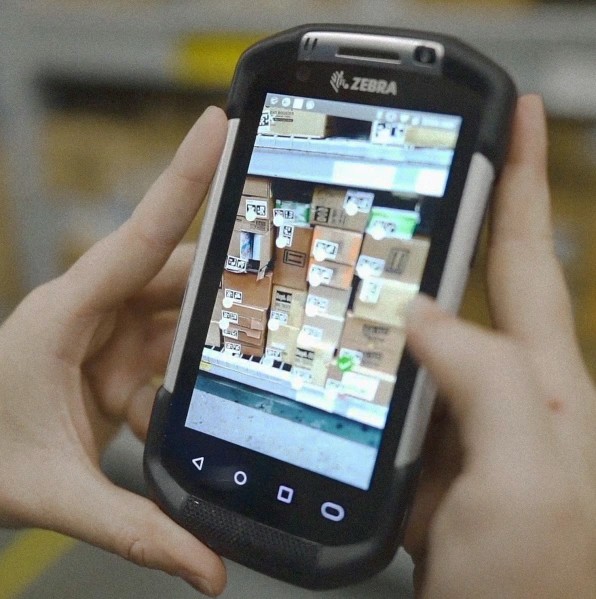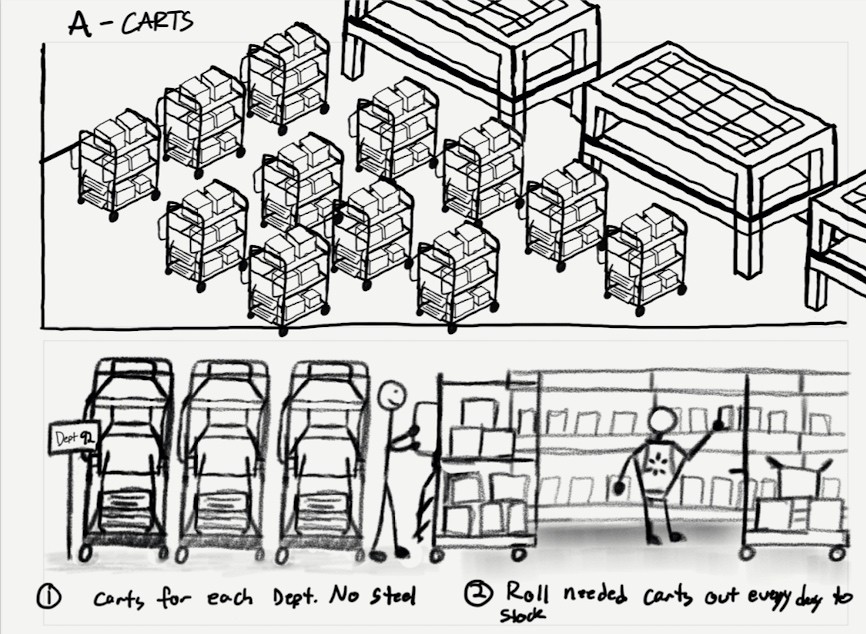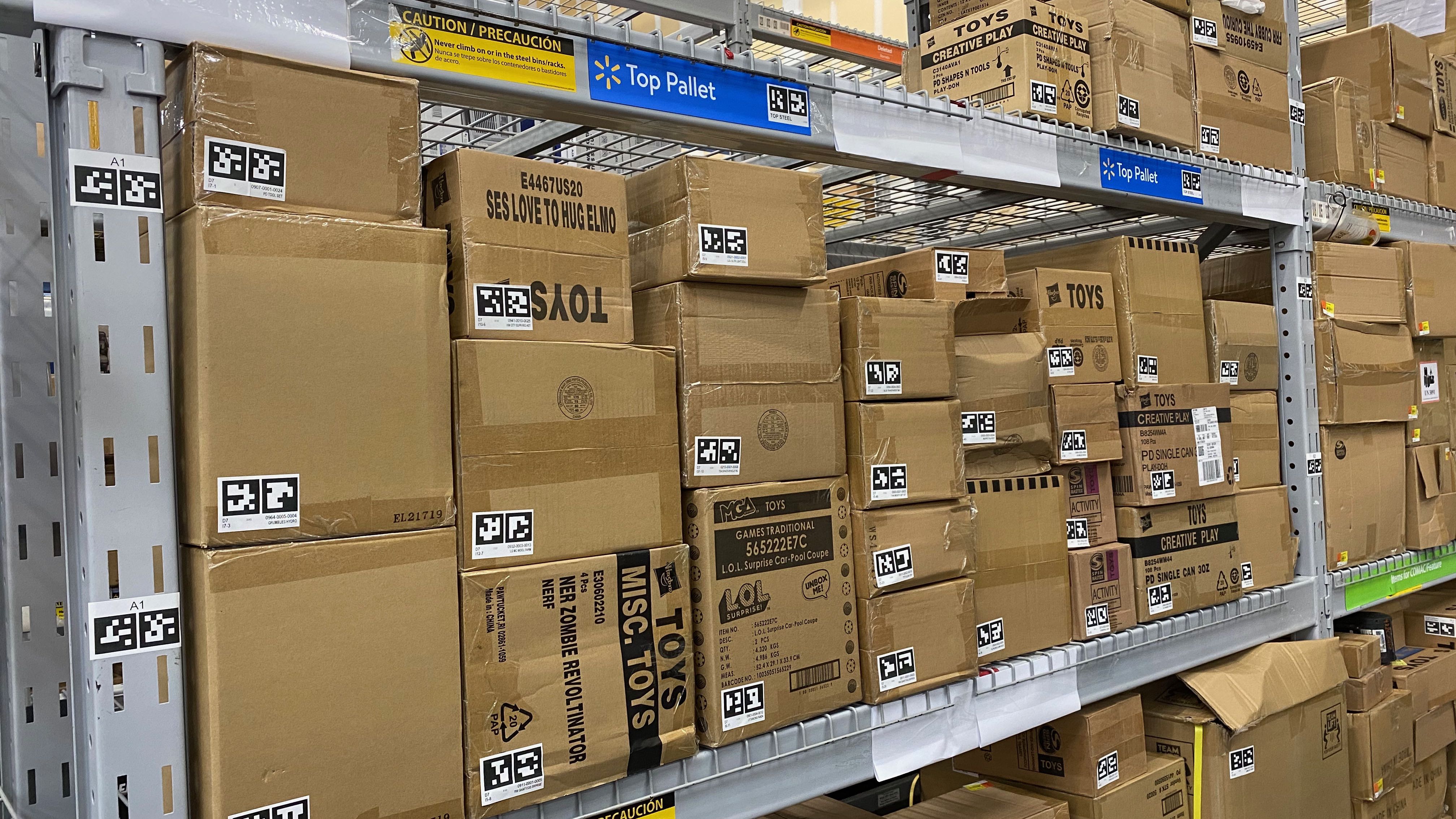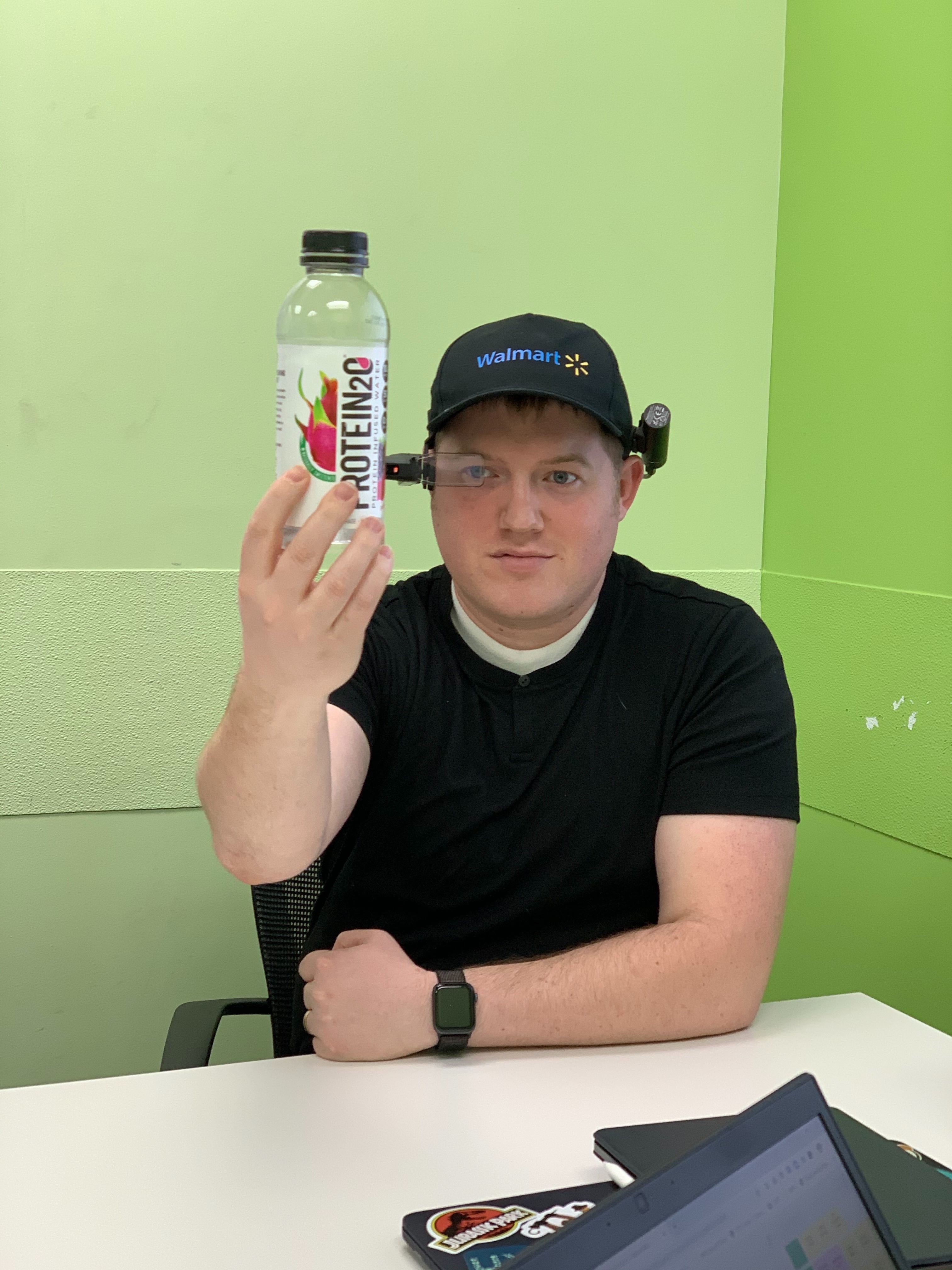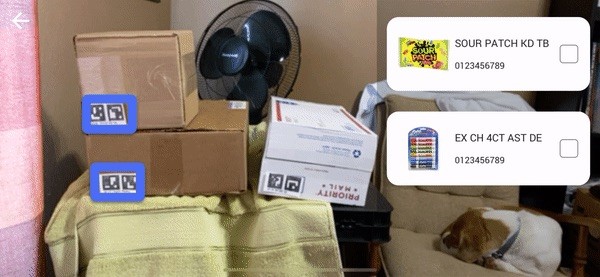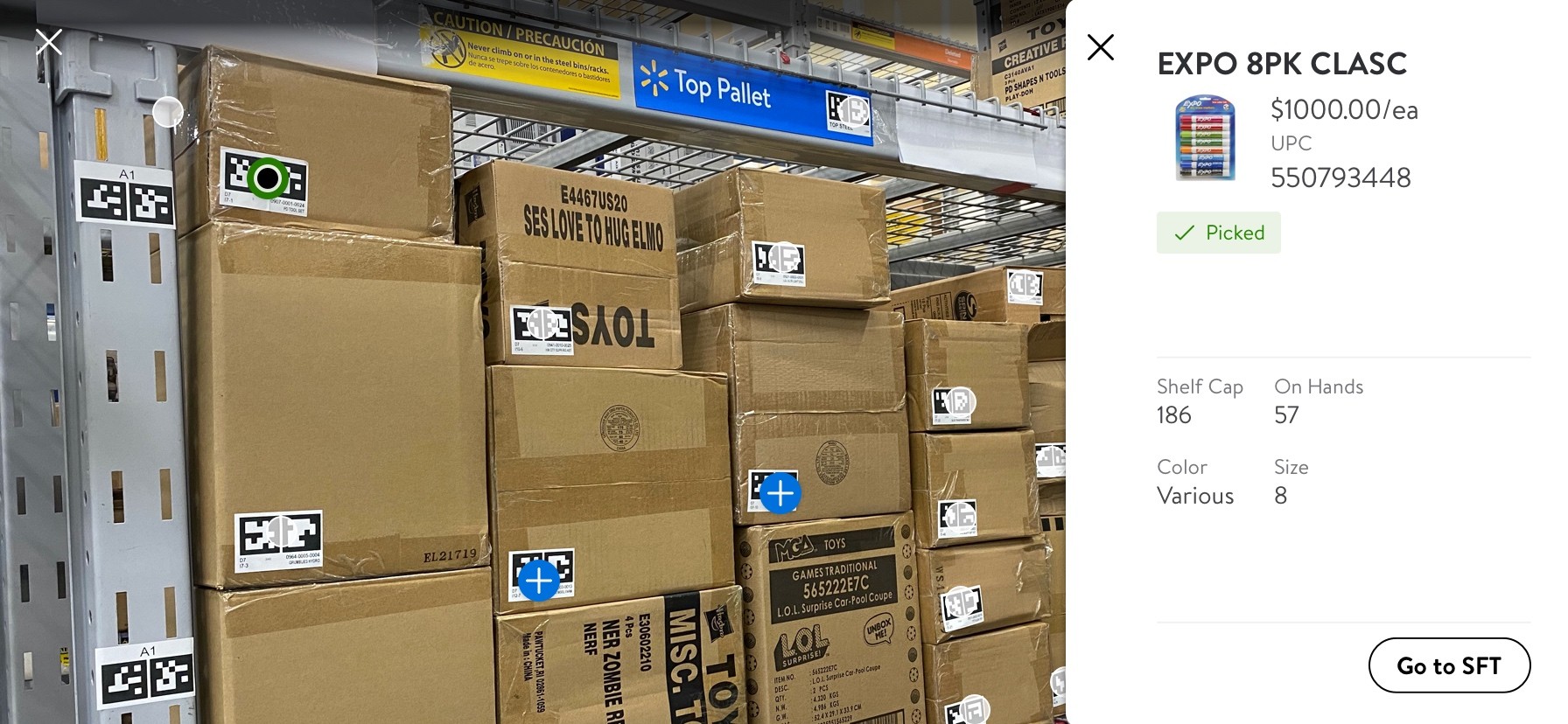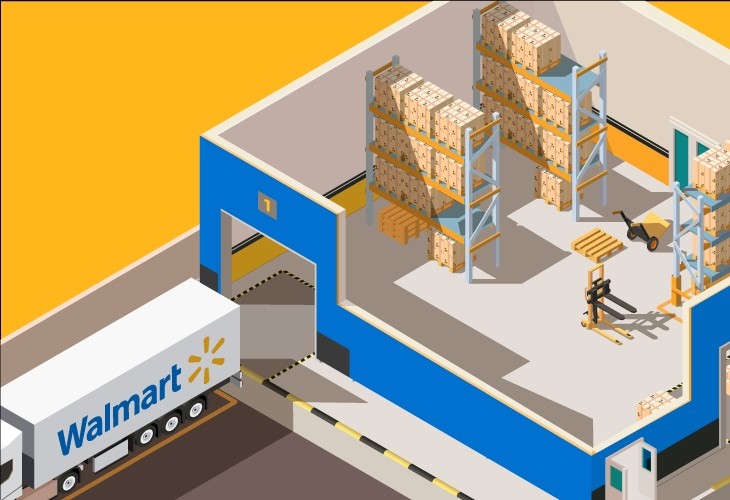Discovery
Our team visited several stores and worked several shifts to grow our understanding of the problem area. Along the way, we interviewed many Store Associates, Home Office subject matter experts.
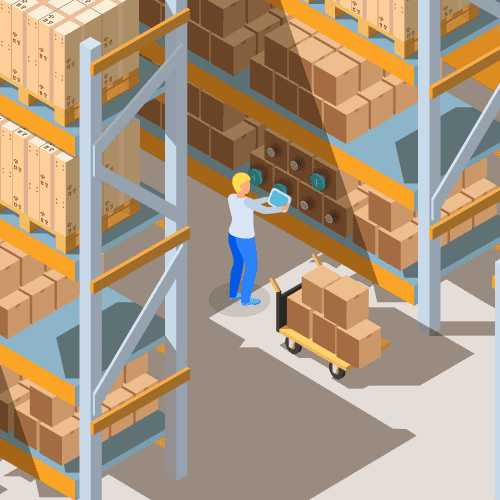
Interviews
We interviewed members of our client success team and some of our clients to gather insights.
We learned that we only had one client who was actively using Scheduling because the original feature was built to their requirements. Other clients were using different scheduling methods outside our platform that had additional features.
Service Design
I created a service and journey map from these experiences and interviews, which helped us see the big picture and identify the largest opportunities.
Define
Using our service journey map, we identified and prioritized the most important problems to solve. We prioritized a list of ~15 major problems based on level of impact, downstream effects (multiple problems could likely be solved by solving a single problem), and how quickly we thought a problem could be solved.
We prioritized shortening a lengthy process, and building trust that the system was giving accurate information.
Problem Statement
As a Walmart Associate working in the backroom, I need a way to quickly record inventory counts. I also need to be able to trust that the system is giving me accurate results.
Design
Environment
Technology
User Interface
High Fidelity Iterations
I also do a lot of experimentation in Figma and other prototyping tools. I aim to always have some kind of artifact to show at project checkin's, design reviews, or other encounters with stakeholders. Having something for everyone to look at and critique frequently was instrumental to the success of this project.
Accessibility
There's a lot of data points involved with scheduling a project that a user needs to see to make informed decisions. Many users asked to see more color to make things like project priority or status stand out. We made sure to use color lightly and accessibly.

